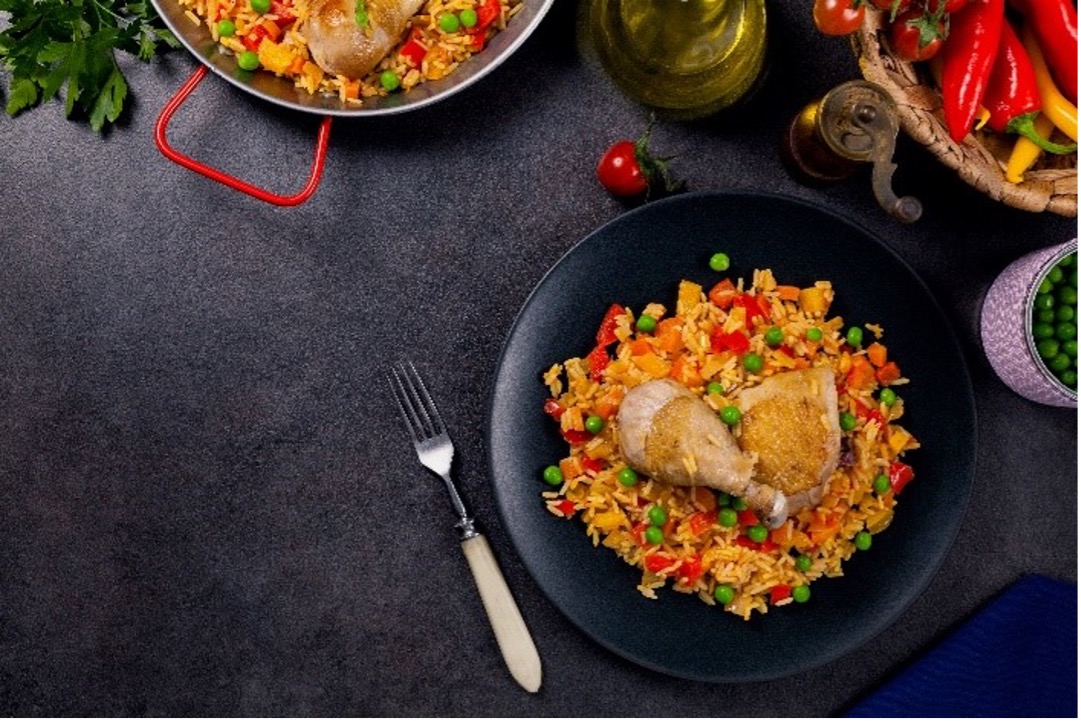World Hunger Day: A 365-Day Priority for the U.S. Chicken Industry
Many of us likely remember when meat, milk and fresh produce weren’t always easy to purchase during the COVID-19 pandemic. But for 800 million people, accessing quality, nutritious food is a daily struggle. That’s why every May 28, World Hunger Day is recognized to raise awareness and encourage support for ending chronic hunger.
As producers of the No. 1 protein consumed in the U.S., the chicken industry is uniquely positioned to help enhance national and global food security.
A Wholesome Protein for People and Our Planet

Chicken is a high-quality protein that meets the 4 domains of sustainable nutrition—it is good for the planet, good for health, affordable and accessible, and plays a part in culturally-appropriate diets around the world. And that’s an important thing to celebrate this World Hunger Day.
The nutrients from chicken are uniquely bioavailable, meaning they can be digested, absorbed and used easily by nutrition insecure and vulnerable populations around the world. As a protein-dense food source, chicken provides essential vitamins and minerals like iron, zinc and vitamin B12.
And according to the 2020-2025 Dietary Guidelines for Americans, chicken is a lean protein that can help people across all life stages by:
- Providing vitamins and minerals involved in brain function
- Building muscle
- Promoting heart health
- Strengthening bones
- Aiding in weight loss
The chicken industry itself has developed into a highly efficient sector that combines the benefits of localized agriculture with modern production efficiency, resulting in low prices and an abundant supply of chicken for consumers and a globally competitive export sector of American agriculture. The price consumers pay for chicken has decreased dramatically over the years: compared to 1935, consumers today pay 62% less for chicken, on an inflation-adjusted basis.
This combination of environmental sustainability, affordability, safety, nutritional value and popularity makes chicken an essential high-quality protein for ending hunger in the U.S. The meat and poultry category is one of the most purchased and consumed food items by Supplemental Nutrition Assistance Program (SNAP) households, and meats like chicken are one of the top 3 most requested items at food banks.
Lean meats such as chicken can help close the protein gap among Americans who struggle with food and nutrient insecurity, which particularly impacts women, children and older adults, who have a greater need for nutrient-dense, animal-sourced foods to support healthy diets.
Combatting Chronic Hunger

Chicken is already playing a major role in the fight against hunger—it has been factored in as a component of the updated Thrifty Food Plan, which can help people follow optimized, affordable and nutrient-dense eating plans that satisfy taste and fit into cultural foodways. Chicken is also part of the Commodity Supplemental Food Program and is listed under the budget friendly protein foods on the MyPlate Shop Simple app with many SNAP-appropriate recipes in the MyPlate Kitchen resource (55 to be exact).
Additionally, chicken is a key player in the National School Lunch Program (NSLP), providing low-cost or free lunches to children with essential nutrients for growth, development and energy; it is also one of the most consumed meats in the NSLP. It seems to be the case that no matter what the federal nutrition assistance program is, chicken has a place on the plate.
The U.S. chicken industry recognizes food security is also a serious challenge in many communities across the globe. As chicken producers, we play a critical role in the food chain and are driven to provide safe, nutritious options on grocery shelves literally everywhere, including 110 countries around the world. And as demand has grown, so has chicken production: amazingly, America’s 25,000 family broiler farms now produce 21% more chicken by weight than 10 years ago.
So how exactly does the additional protein stack up? Let’s take a closer look.
- In 2022, more than 9.2 billion broiler chickens—a 2.9% increase from 2021—were produced, resulting in 46 billion pounds of chicken products marketed, measured on a ready-to-cook basis.
- The U.S. has the largest broiler chicken industry in the world, with about 16%, or 7.4 billion pounds of production, exported to other countries.
- The U.S. is the second leading broiler exporter in the world, behind Brazil.
- Mexico, China, Cuba, Taiwan and the Philippines were the American broiler industry’s top 5 export destinations by volume in 2022.
We’re not stopping there. Through ongoing research and innovative technologies, the U.S. chicken industry aims to produce more chicken for our nation and world each year—and ultimately, fill more plates.
To learn more about the U.S. chicken industry’s commitment to responsibly advancing food security, check out our 2020 U.S. Broiler Chicken Industry Sustainability Report.